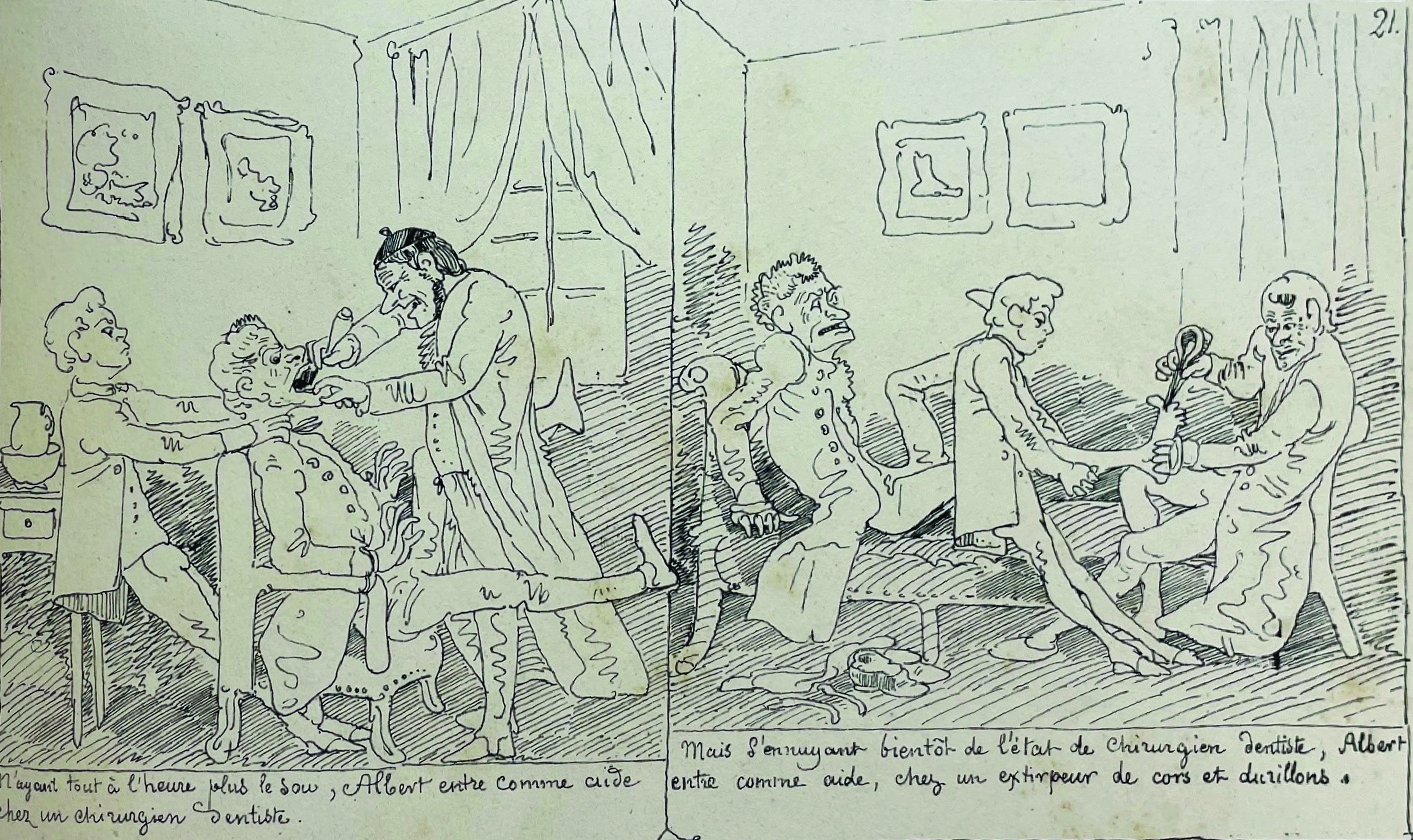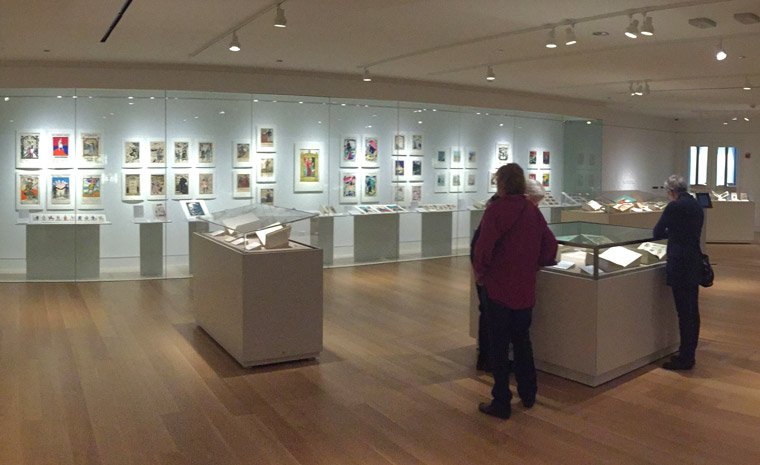Intro to Comics
Defined by the interplay between sequential images and text to tell a story, comics are a readily identified form of mass communication. Often considered a lowly and unsophisticated medium, comics are in fact a sophisticated and efficient way to express ideas and, when widely disseminated, reflect and shape popular opinions across a broad audience. The power and immediacy of an image to engage a reader and deliver a narrative layered in visual and textual meaning underlies a comic’s wide-ranging ability to inform, entertain, satirize, and critique.
Evolving from serialized prints and shifting from illustrated magazines and newspapers to classic comic books to graphic novels to digital comics, the comics in this exhibition capture how the evolution of printed media alters the form and dissemination of comics but always maintains a focus on health, illness, and medicine. They are snap-shots of patients, providers, and clinical practice that provide visual evidence of illness, the gestures and accouterments of clinical interactions, and the spaces in which they took place. In this regard, comics are historically important reflections of social and cultural beliefs about science and medicine, many of which mirror contemporary discussions during the COVID-19 pandemic. As historical artifacts, these comics attest to ideas and aesthetics shifting across eras and collectively contribute to the visual mosaic of medicine’s history.
William Hogarth
The Complete Works of William Hogarth
London: The London Printing and Publishing Company, n.d.
f ND497.H7A35 c.3 Rare
An English artist of the 1700s, William Hogarth created satirical images. In this image, a group of physicians, adorned with their tell-tale canes, engage in consultation. The title and the motto “Et plurima mortis imago” (And many an image of death) comment on the physician’s proximity and, at times, contribution to death.

Simon de Nantua
Historie d’Albert par Simon de Nantua
Paris : Imp. Dufrenoy, 34 R. du Four St. Germain, 1860
obl NC1659.N36 A75 1860 Rare
In this short sequence, the reader follows the protagonist of the story, Albert, through his assistantships to a dental surgeon and then “expirpator” of corns and calluses before setting out on his own only to leave town to become wine-taster after all his patients die of tetanus.


